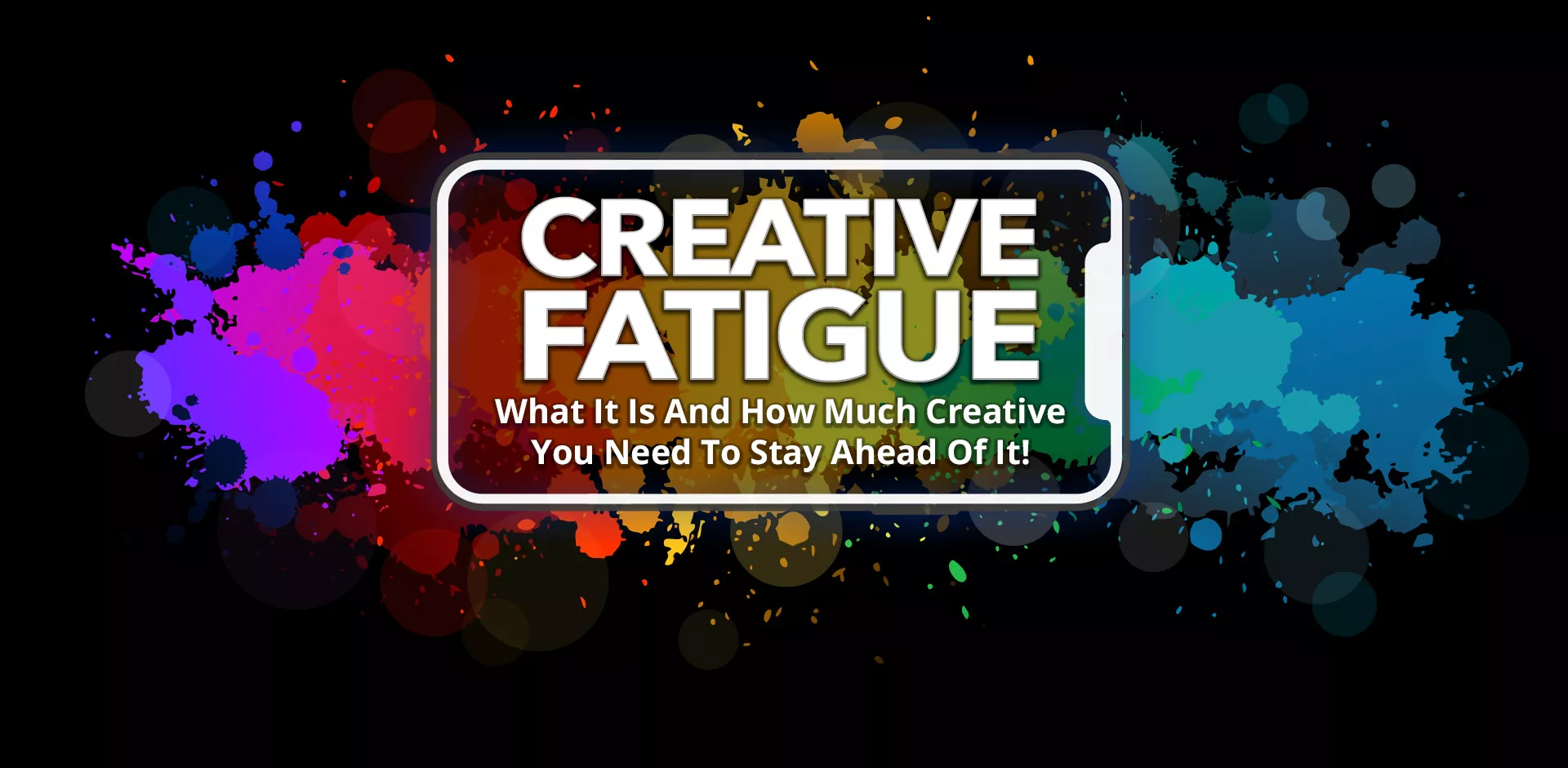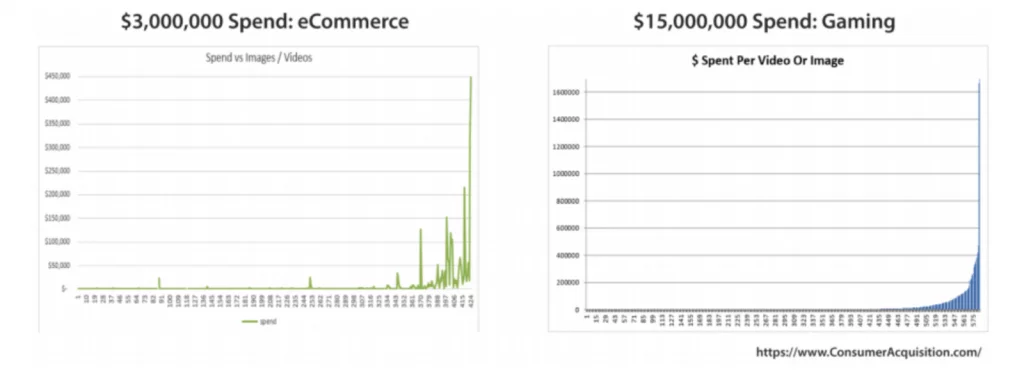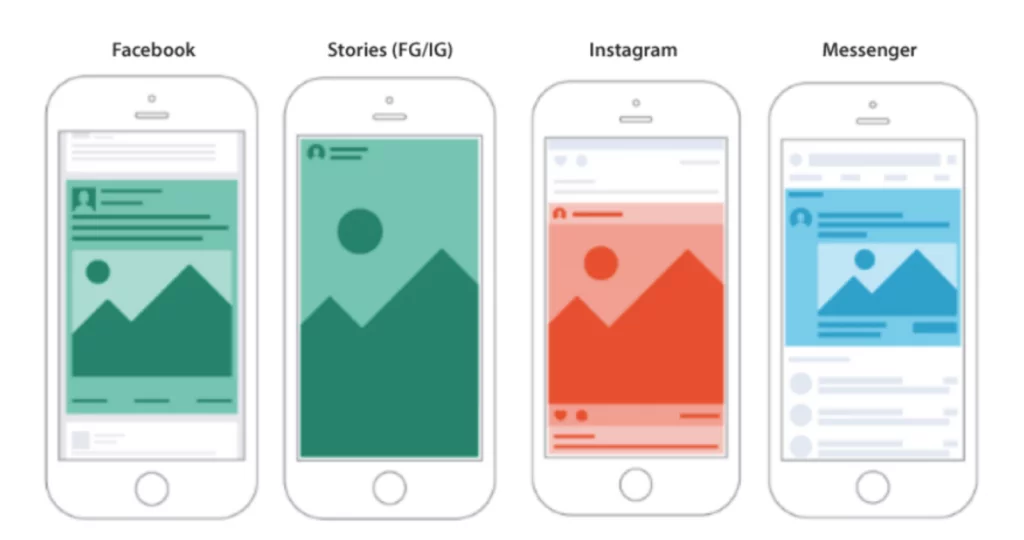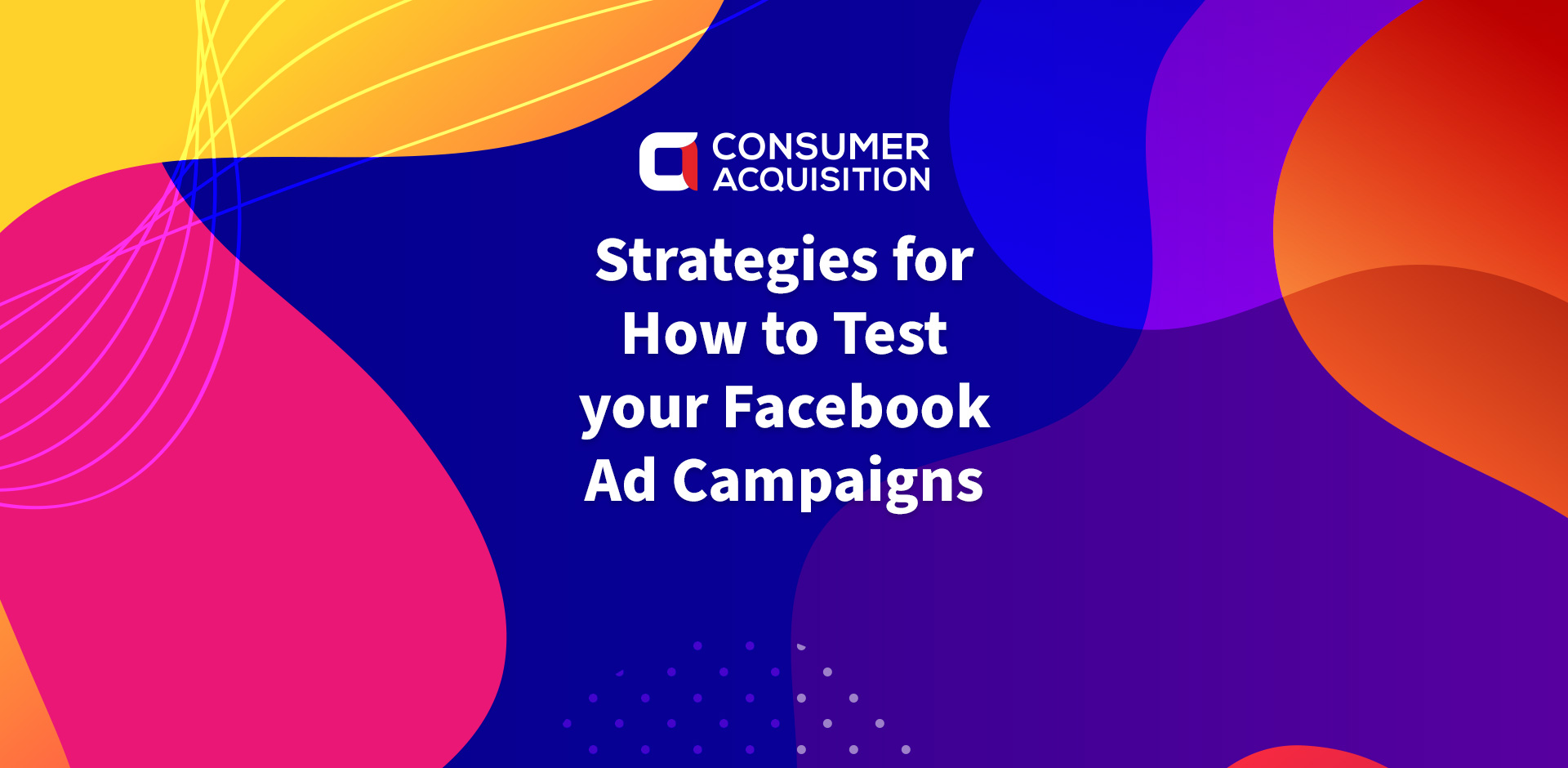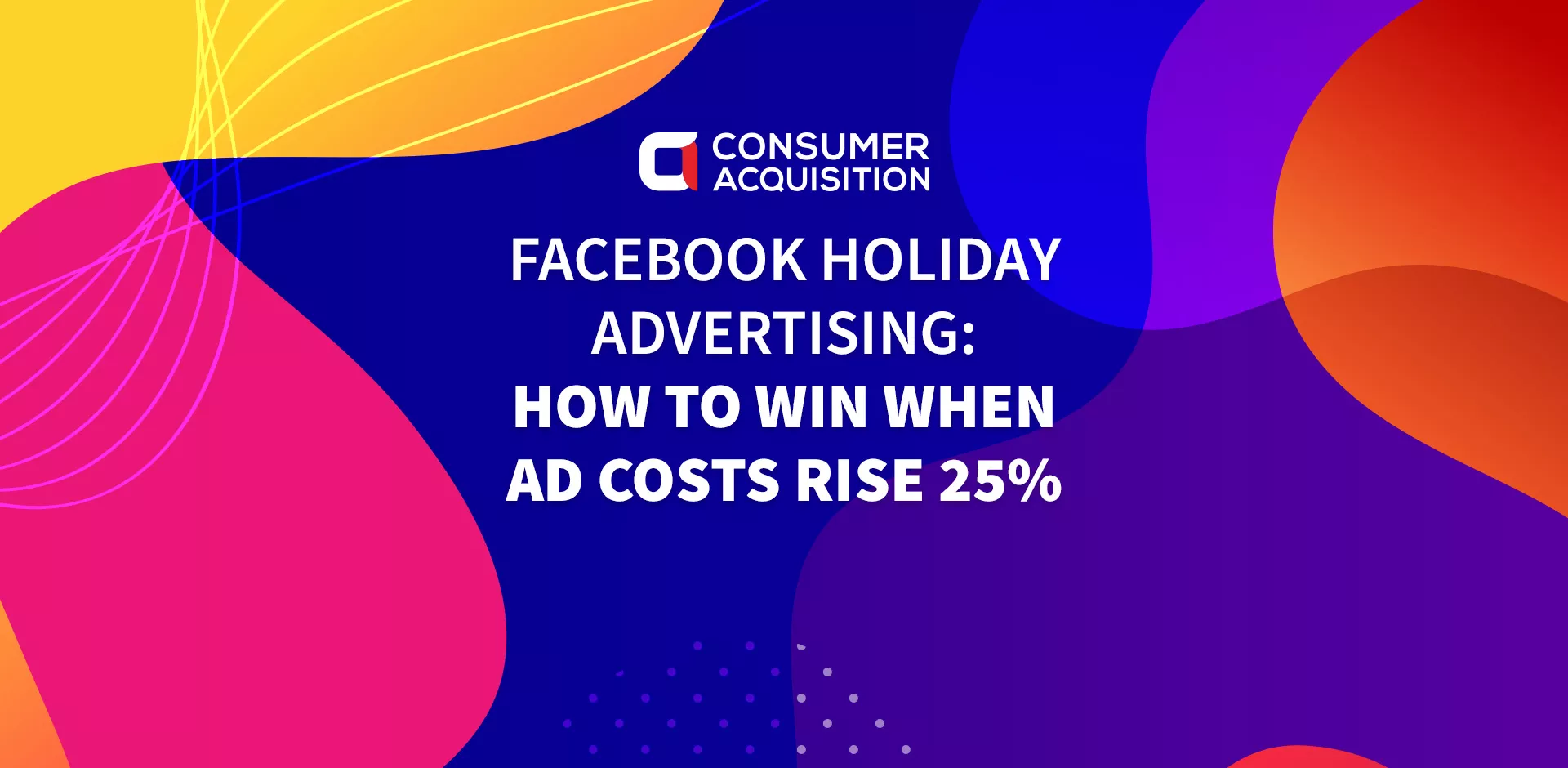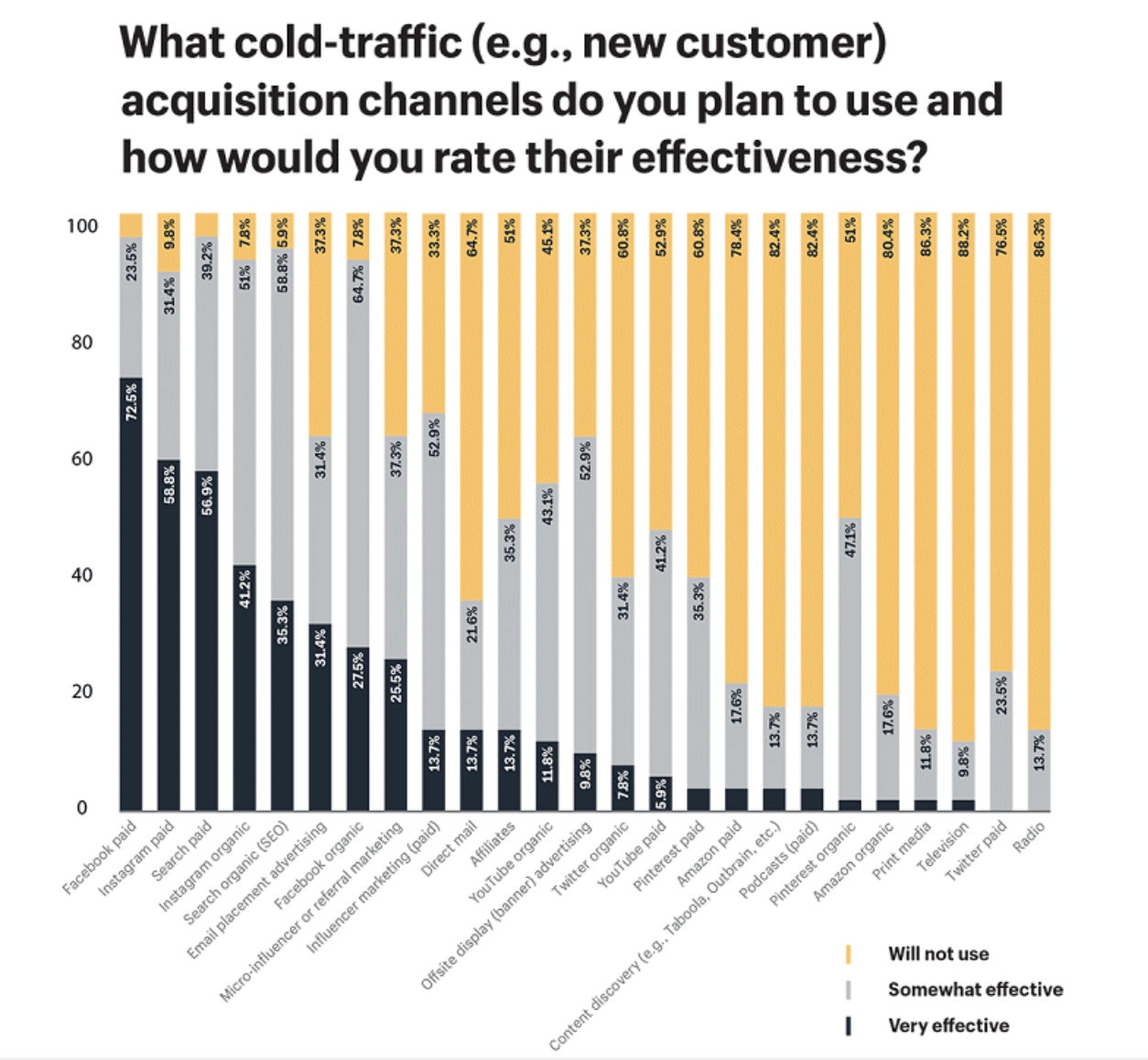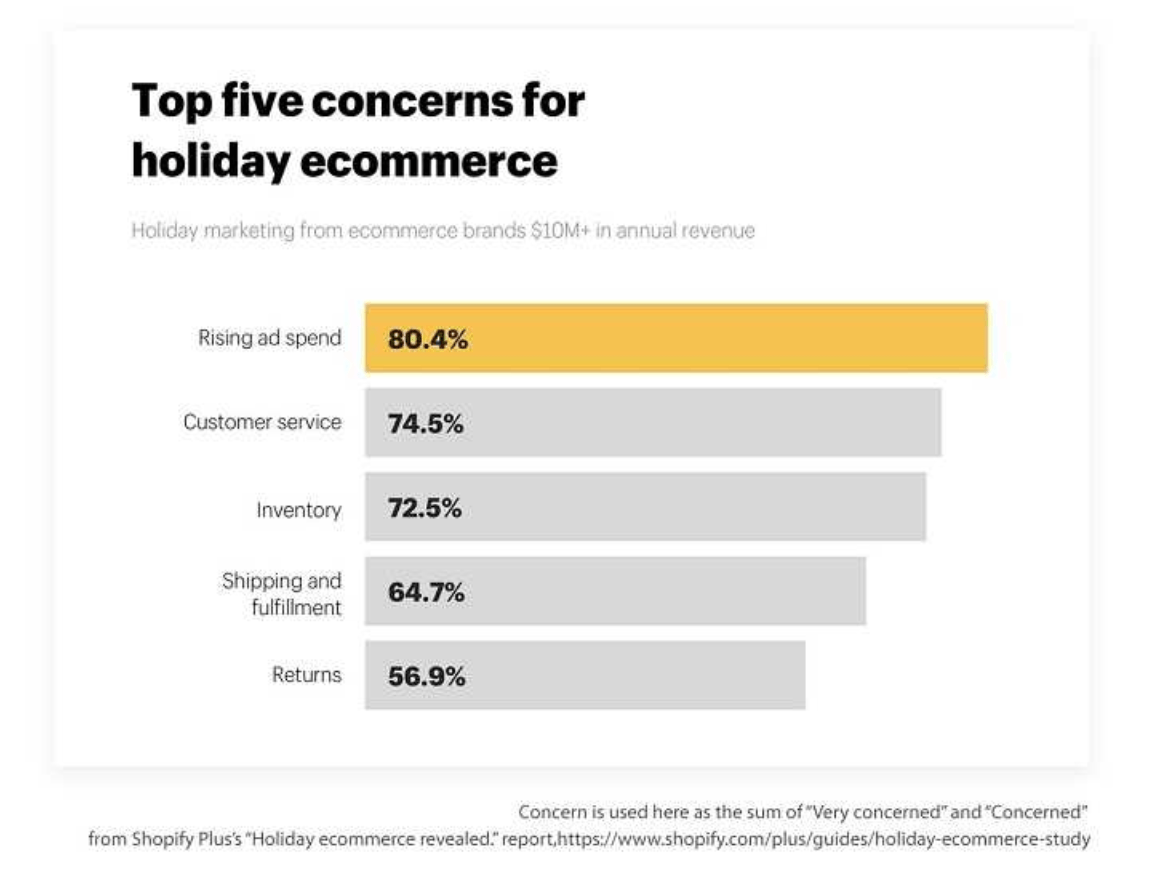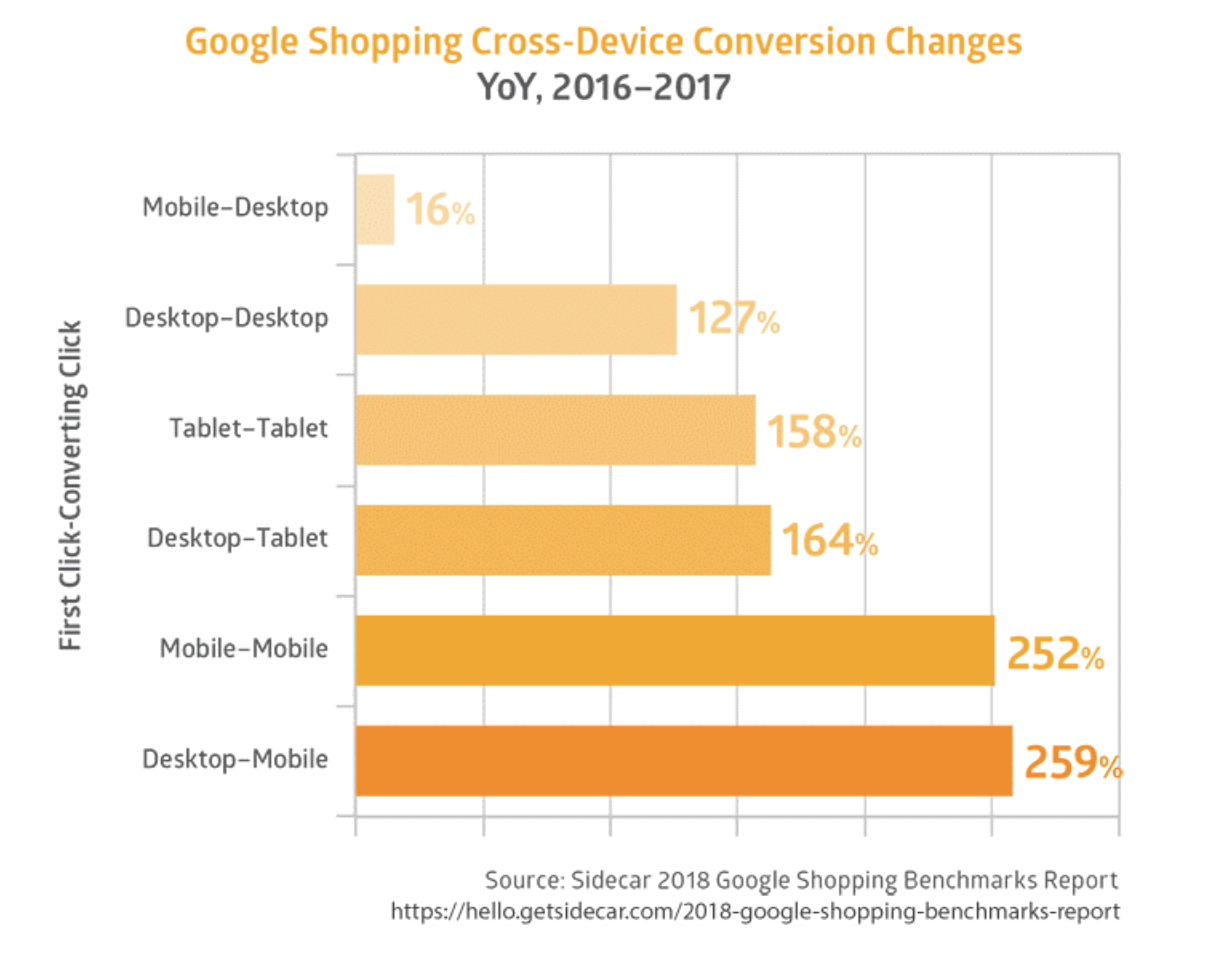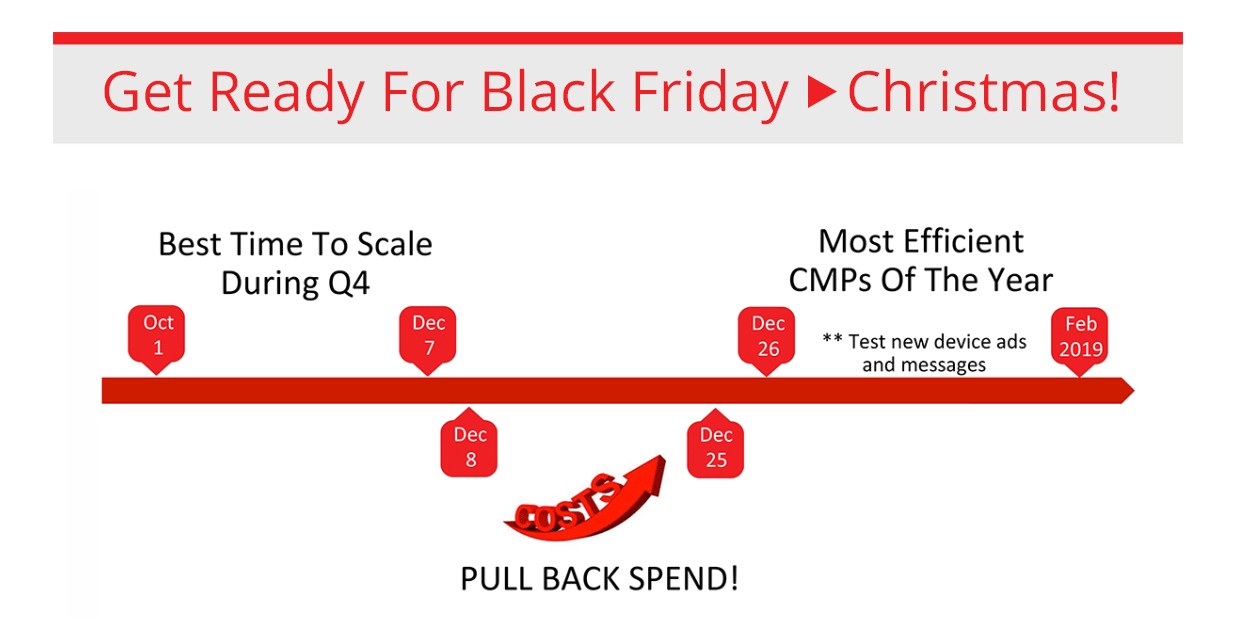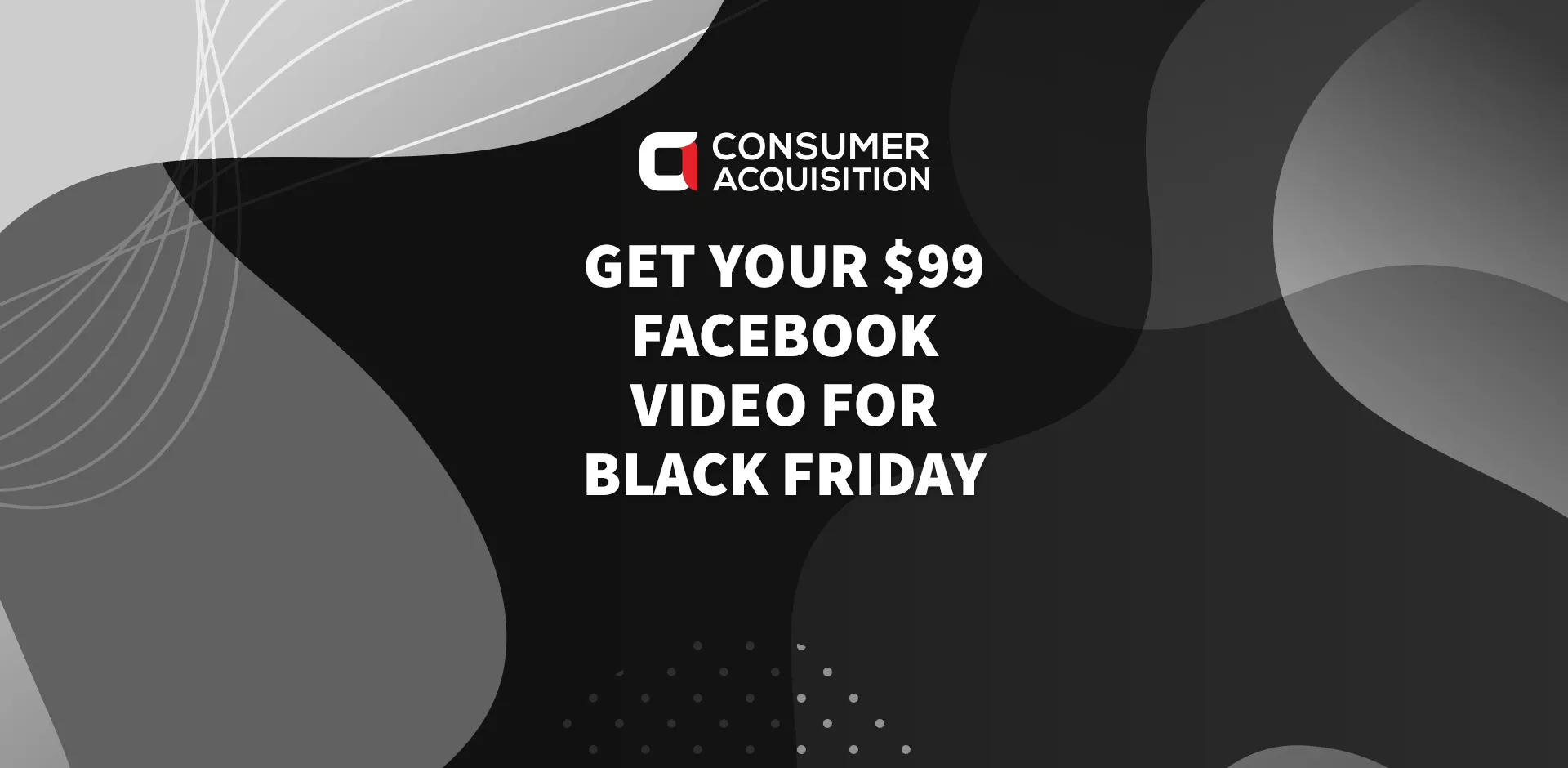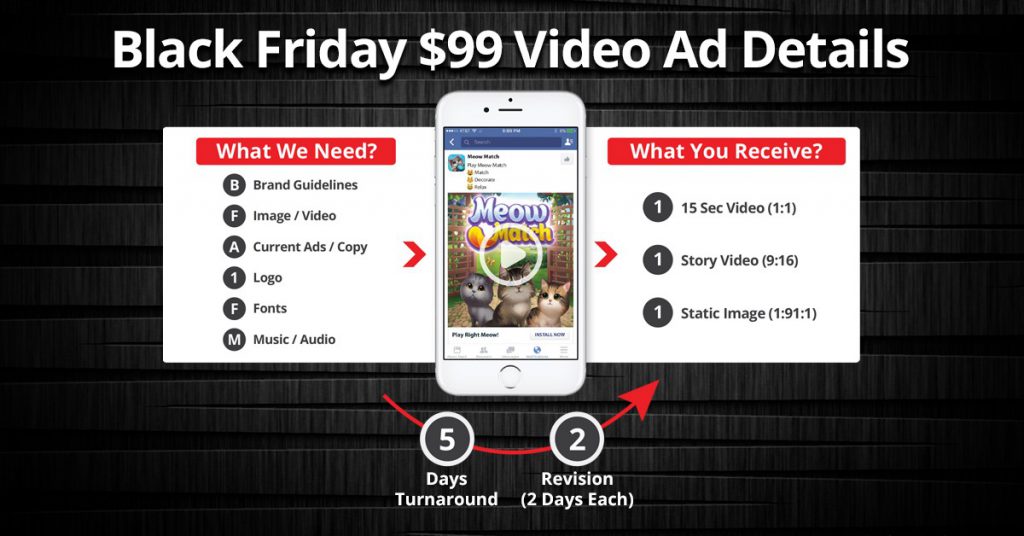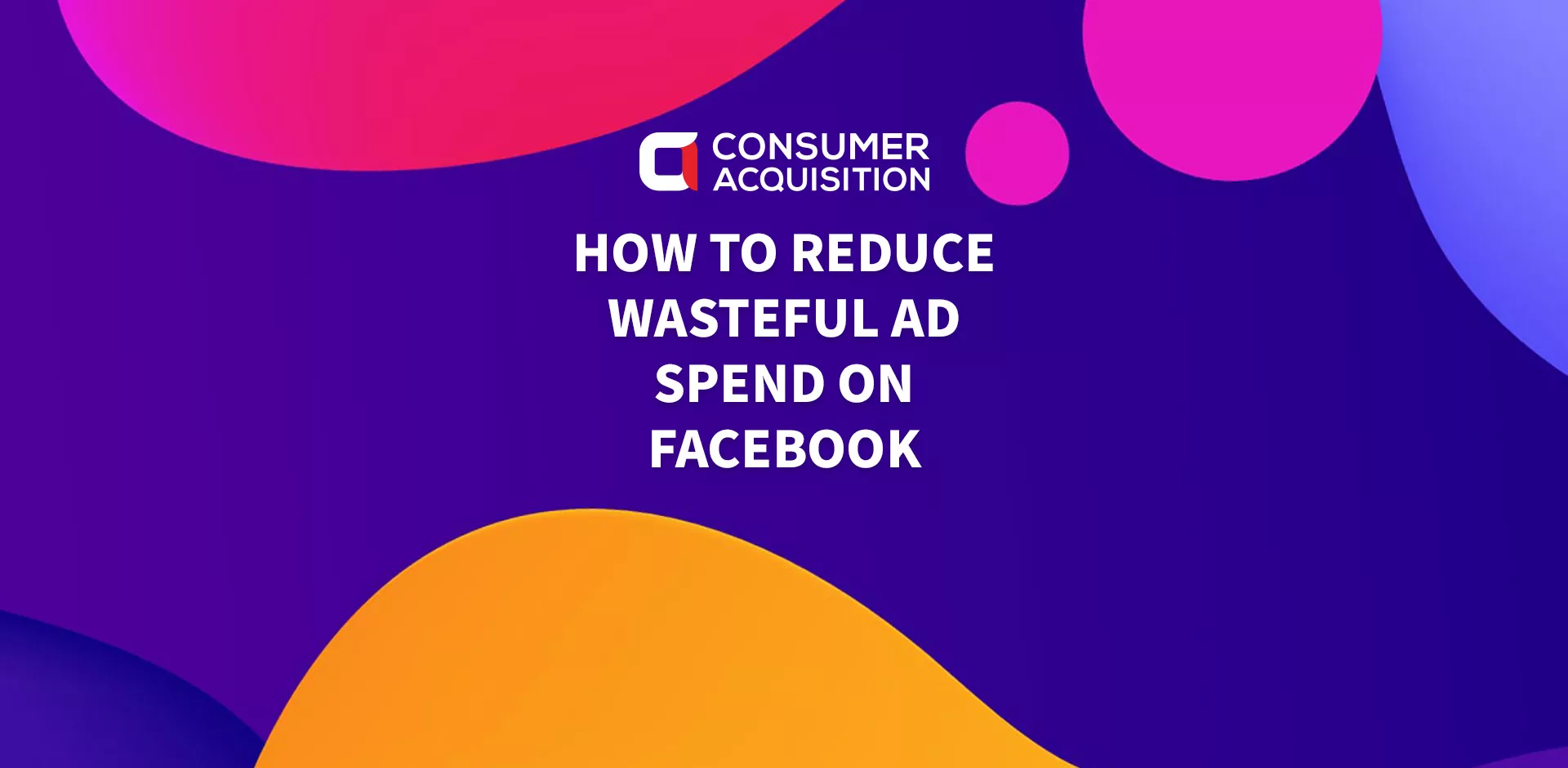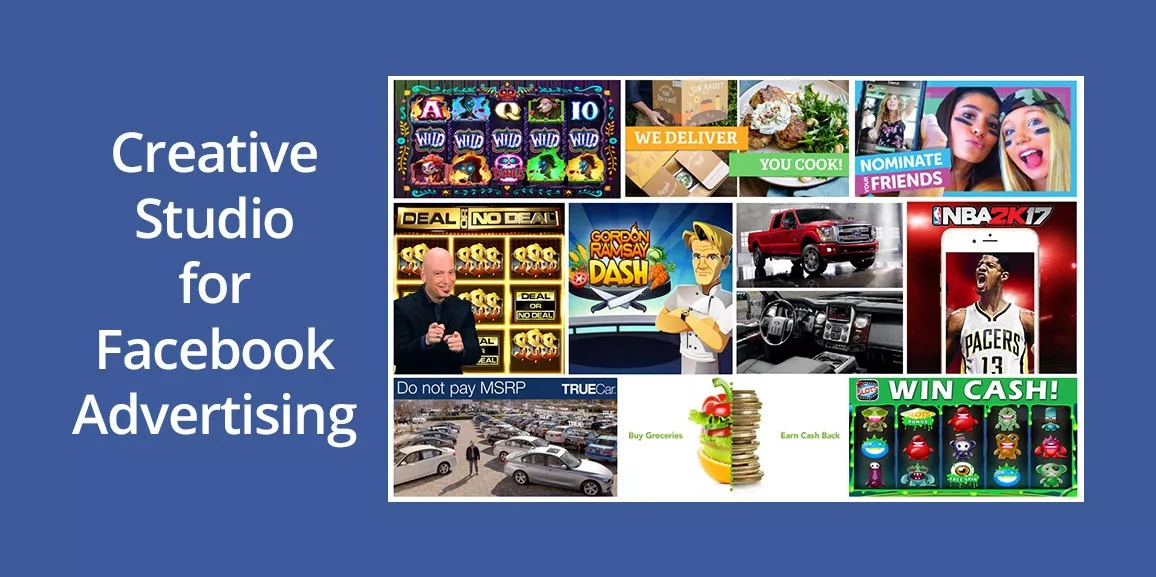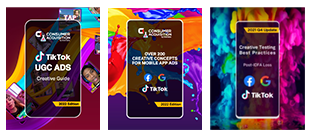Nothing lasts forever. Especially in advertising. Creative fatigue: how much do you need? When an ad’s performance declines because people have seen it too many times, it causes creative fatigue. This affects every ad eventually.
On Facebook, it happens especially fast. Even an unusually successful ad will start showing performance declines after a week or two.
This article was also covered in Marketing Interactive.
Creative Fatigue: How Much Spending Affects Ad Fatigue
The rate of ad fatigue depends in part on how much its advertiser is spending. This isn’t some penalty enacted by Facebook; it’s simply human nature. Each member of the audience being advertised will notice a new ad only a couple of times. After that, they’ll start screening the ad out – ignoring it.
Ad fatigue can begin in as little as three to four days for a campaign with a very large budget because that budget lets the advertiser reach so many people. Or it could take as long as one to two weeks for a campaign with a much smaller budget.
After managing over $100 million in Facebook advertising campaigns, we see this pattern every time: As spending increases, ad fatigue sets in and performance drops.
The chart below shows the typical cycle. On the far left of the chart, you see the initial launch of the ad. It does well – very well – and so it gets fed a lot of budget. But almost as soon as the budget increases, the ad’s performance begins to taper off.
It’s still a top-performing ad (compared to the other ads that never performed well enough to be given this much budget), but creative fatigue has already set in. Over the next few days, the ad’s performance slowly drifts down, until there’s a new creative win and the performance spikes again. But just like before, as the spend for the newer ad goes up, it begins its slow decline.
This sine wave of performance and spending goes on indefinitely. It’s why advertisers need to keep producing new Facebook ad creative.
But spending isn’t the only thing that can accelerate ad fatigue. Having a limited number of creative assets can accelerate it, too.
How Limited Assets Accelerate Facebook Ad Fatigue
Here’s an example of how this works:
- An advertiser A is spending $1,000,000 with three videos.
- The advertiser B is spending $1,000,000 with six videos.
Advertiser A’s creative will fatigue two times faster than advertiser B’s because they’re buying twice as many impressions for those videos.
This is really just a different symptom of the same underlying issue we saw before: The members of the advertising audience will notice an ad when it’s new. But after seeing an ad a couple of times, it isn’t news anymore. And so they don’t pay as much attention to it. The ad fades back into all the other advertising noise.
The advertiser with six videos had their ads last longer because only half as many people were seeing each of their ads. If $1 bought an ad impression, here how it would work out:
| Budget | Impressions bought | Video ads | Impressions per ad | |
| Advertiser A | USD$1,000,000 | 1,000,000 | 3 | 333,333 |
| Advertiser B | USD$1,000,000 | 1,000,000 | 6 | 166,666 |
So it isn’t a question of if ad fatigue will happen. It’s when it will happen.
This means the next question to ask is…
How to Manage Creative Fatigue
If ads are going to wear out so quickly, what’s an advertiser to do?
They have two options: Expand their audience (which will only delay creative fatigue) or create new ads. Creating new ads is the more effective approach, and it’s the one we’ll focus on for the rest of this article.
As we saw earlier in the example of the two advertisers: The larger your advertising budget, the more creative you’re going to need.
An advertiser spending $1 million per month needs ten times as much creative as an advertiser who spends $100,000. That’s because – all other things being equal – advertiser A is buying ten times as many impressions.
Once again, this is just another way of measuring the same principle of ad fatigue: The advertiser’s audience will pay attention to a new ad for only so long. As soon as that window is passed, ad performance drops.
Why Creative (and Testing Creative) is the Last Real Competitive Advantage on Facebook
So why all this focus on creative? Well, because it’s the only real way to beat your competition. As Facebook’s advertising features have gotten better and better, the playing field of advertising has largely been leveled.
If someone is reasonably competent at Facebook advertising, they can now get the same results that only super-sophisticated marketers used to be able to get.
This became especially true after February 19th of 2018, when Facebook retooled their advertising algorithm and started offering ad features that basically made the native tools in the Facebook advertising platform on par with the most sophisticated (and expensive) third-party advertising tools around.
The native advertising tools in Facebook (and in Google) have gotten so good now that third-party tools aren’t so much of an advantage.
And so – because the advertising technology field is becoming increasingly flat – having advanced Facebook advertising and quantitative skills and tools are becoming less and less of an advantage.
As the Facebook optimization algorithm continues to improve, the only real control advertisers will have is developing better creative and showing it to new audiences.
Creative has become the primary differentiator for performance.
What it Means for Creative to Be the Last Competitive Edge
Creative may be the last competitive advantage, but it’s not an advantage that comes easily. Ask any advertiser or agency and they’ll tell you: It’s difficult to impossible to keep up with the need for new creative.
Why? Because advertisers don’t just have to come up with enough creative to stay ahead of creative fatigue.
They have to come up with twenty times that.
This is because the vast majority of new advertising creative will fail. In our experience creating and testing 300,000 different ads, only about 5% of ads perform well enough to replace the old best-performing ad (aka the “control”).
Nineteen out of twenty new ads will fail.
Here are two graphs that illustrate how unusual high-performing ads are. The charts show two different clients: one in e-commerce, the other in gaming. The (vertical) axis shows how much advertising budget was spent on each individual ad. The x (horizontal) axis shows how many ads were created.
As you can see, the vast majority of ad creative never performed well enough to merit much budget. Only a very slim percentage of ads did well enough to spend real money on.
So what does this mean for you?
It means you need an efficient, systematic way to create and test ads. Because there’s an enormous amount of work to do.
For example, let’s assume you spend a medium amount on Facebook every week. Ad fatigue takes down your top-performing ad only once a week.
To replace that one winning piece of creative, you need to create twenty pieces of new creative. Twenty ads a week is no small task, but it can definitely be done.
But that’s not all you have to do. You’ll want to have your winning ad run on more than one social media platform, right? So you’ll need to make versions of that winning ad for each platform.
And then you’ll need to make variations of that ad for all the different ad sizes.
But that’s not the end, either. The best creative is optimized for how prospects use Facebook – whether they tend to be “on the go” users checking Facebook for updates, or “lean forward” users accessing it from a desktop, or “lean back” users watching long-form video.
You may also want to optimize for a user’s location, or even optimize ads for the app the ads will be advertised in.
So yes, there’s a lot of work to do. And we haven’t even gotten into the testing required to find that new top-performing ad.
But what’s it worth to you to turn Facebook into a river of new customers?


